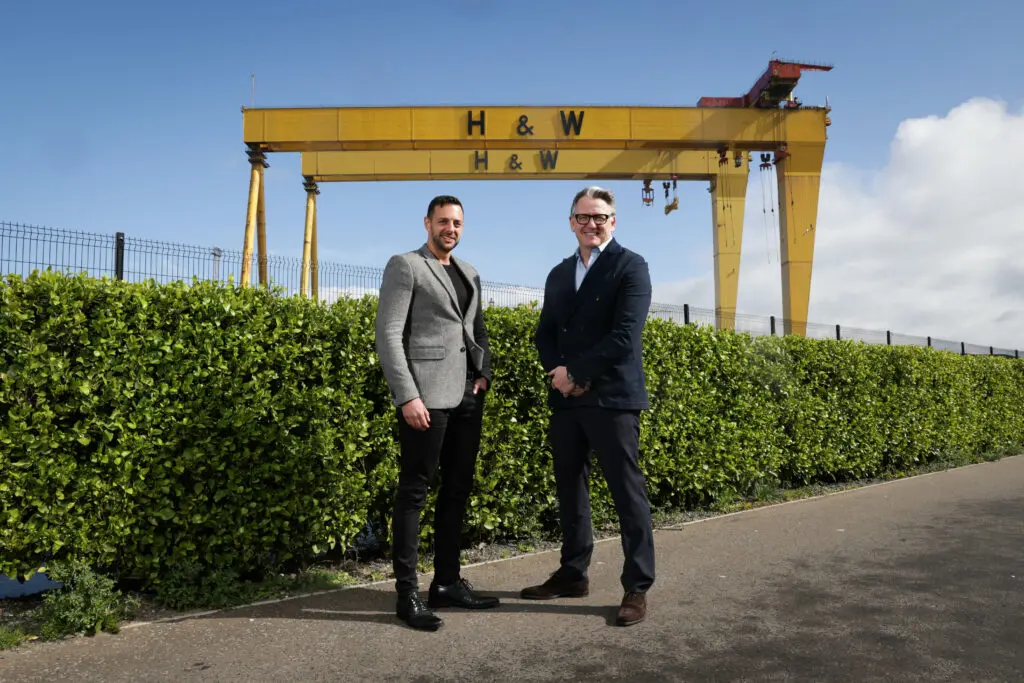The long-trailed Heat & Building Strategy and the accompanying Net-Zero Strategy were supposed to provide clarity on how Government intends to decarbonise heating, perhaps the hardest sector to tackle and one that accounts for a third of all carbon emissions in the UK. However, industry, investors and tech entrepreneurs were left feeling somewhat short-changed, whilst climate action groups were quick to criticise Government for a lack of ambition and scale.
The Heat & Building Strategy was always going to be difficult for Government – it needed to show progress was being made to decarbonise heat, against a backdrop of radically advancing and often competing technological solutions. The issue is further exacerbated by the fact that the average lifespan of a boiler is 15 years (fossil fuel gas boilers currently heat over 25million homes in the UK), and so the next decade will be key in terms of encouraging switching to lower carbon heating systems. However, with COP26 around the corner, Government needed to offer leadership on the issue.
Heat pumps attracted considerable attention in yesterday’s plan, and were the technology we heard most about across the UK media. Whilst the Heat & Building Strategy was supportive of the technology, it did not propose heat pumps as the golden egg as some reports have suggested. Rather, the focus on heat pumps is both a recognition from Government that this technology is perhaps the most advanced to date of the potential solutions, and a reflection of the lobbying and PR efforts of key players in the energy sector.
Inevitably, however, the Government’s £450million 3-year Boiler Upgrade Scheme, which looks set to offer grants of up to £5000 for households to switch to low-carbon heating, will be used to subsidise the installation of heat-pumps – a reality of what is available on the market at present. This will no doubt be a welcome boost to the heat pump industry, although concerns remain that this would only fund 90,000 heat pumps, and that only the well off will be able to benefit (the average cost of heat pump installation is circa £10,000 – out of reach for many, even with a subsidy).
On other technologies, it’s worth looking at what else was announced yesterday and published alongside the Heat & Building Strategy. Government confirmed its intention to launch a “hydrogen village” by 2026 to provide an evidence base for the roll-out of hydrogen through the gas networks. Both the North West’s HyNet project and the East Coast Cluster project in Teesside and Humberside won Government backing and funding to further their Carbon Capture & Storage (and hydrogen) developments. And Government announced that it would introduce a range of new legislation and regulation to govern the roll-out of heat networks.
Yesterday’s Heat & Building Strategy re-affirmed the Government’s goal of net-zero heat, what it did not do is plot one definitive route to get there. Is it that Government have learnt the lessons of the past – not wanting to pick winners and back the wrong horse, as it did with the switch to diesel cars? Is it indicative of a Government who are committed to a free-market and consumer choice? Or is it a recognition that there is no one solution to decarbonising heat? All of these considerations no doubt influence Government thinking, and there is clearly more work to be done by both business and Government to map out the different routes to decarbonising heat.
Whilst some will be disappointed by an apparent lack of clarity on Government thinking towards the decarbonisation of heat, the one thing that is clear is that there remain great opportunities for businesses, investors and inventors to help shape the future of energy in the UK.
Get in touch with Tom Bradley to find out more.




